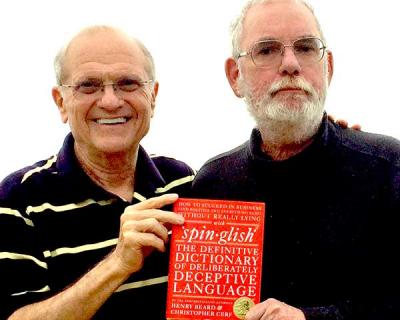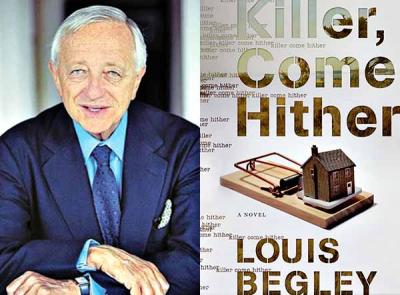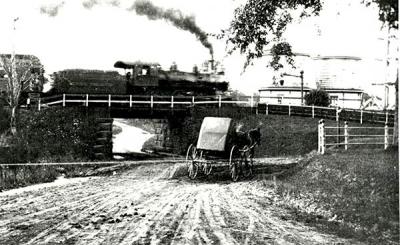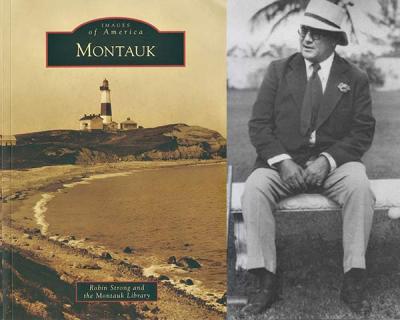Book Markers: 06.18.15
Book Markers: 06.18.15
Adoption Revisited
Lorraine Dusky’s 1979 memoir, “Birthmark,” was the wrenching account of her giving up her daughter for adoption. Now, 36 years later, the longtime Sag Harbor resident is returning to the story and her critique of how adoption is handled in this country.
The follow-up memoir, “Hole in My Heart,” published through Amazon, explores her reunion with her daughter, the difficulties for a child with two families, and her daughter’s death in 2007. She’ll read from it at Canio’s Books in Sag Harbor on Saturday at 5 p.m.
Park Avenue “Primates”
You’ve heard of Wednesday Martin’s new “anthropological memoir,” “Primates of Park Avenue,” involving her experiences raising children on the Upper East Side of Manhattan among the privileged, the gym-frequenting, the blond? Well, she’ll be interviewed about it next Thursday at the Southampton Arts Center.
Her interlocutor, Alex Kuczynski of Southampton, is a contributor to The New York Times and the author of “Beauty Junkies.” The talk, which starts at 5:30 p.m., is part of a series she is hosting at the center, which is in the old Parrish Art Museum on Job’s Lane. The cost is $18. Also of note? There’ll be wine.








